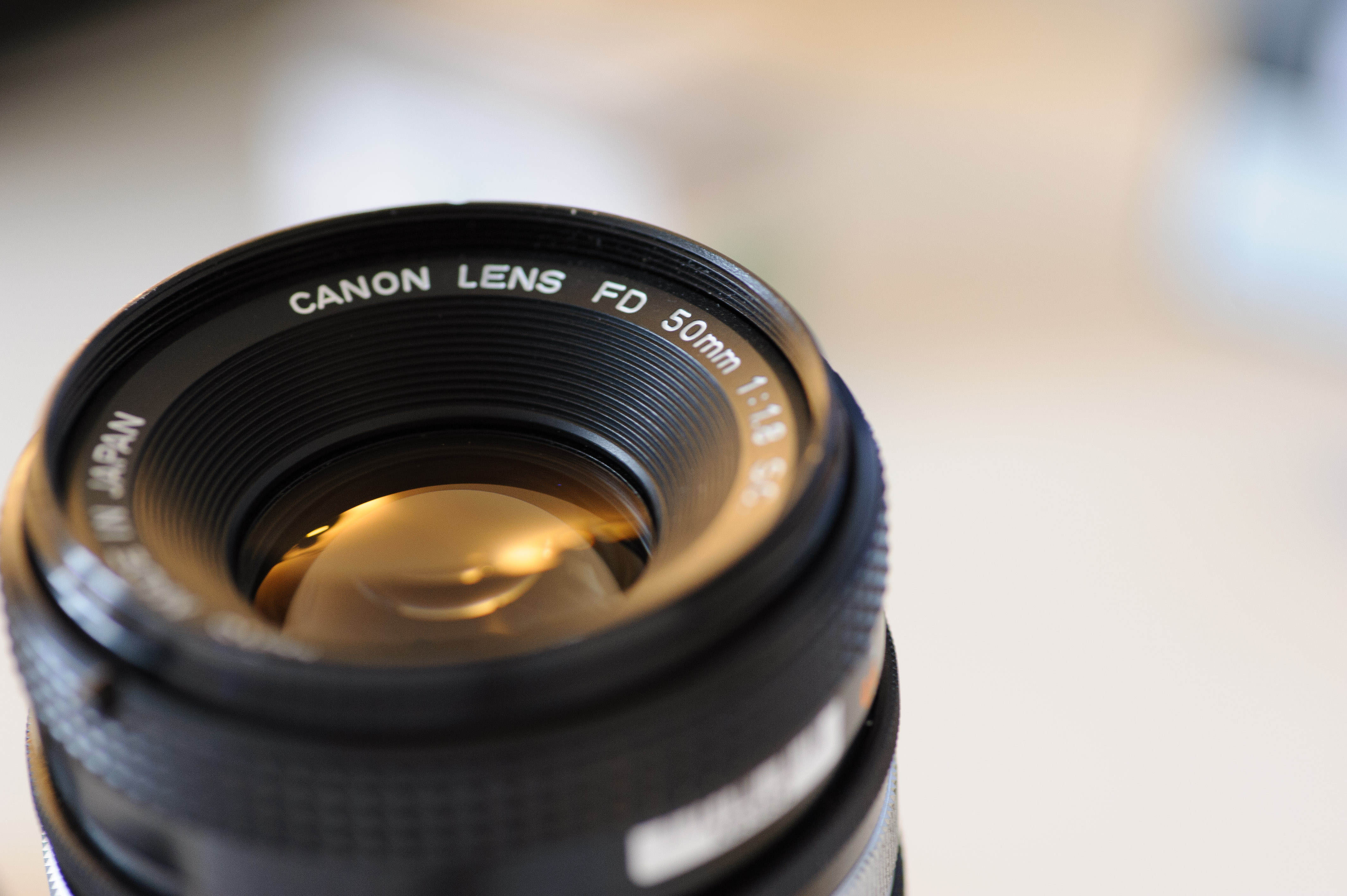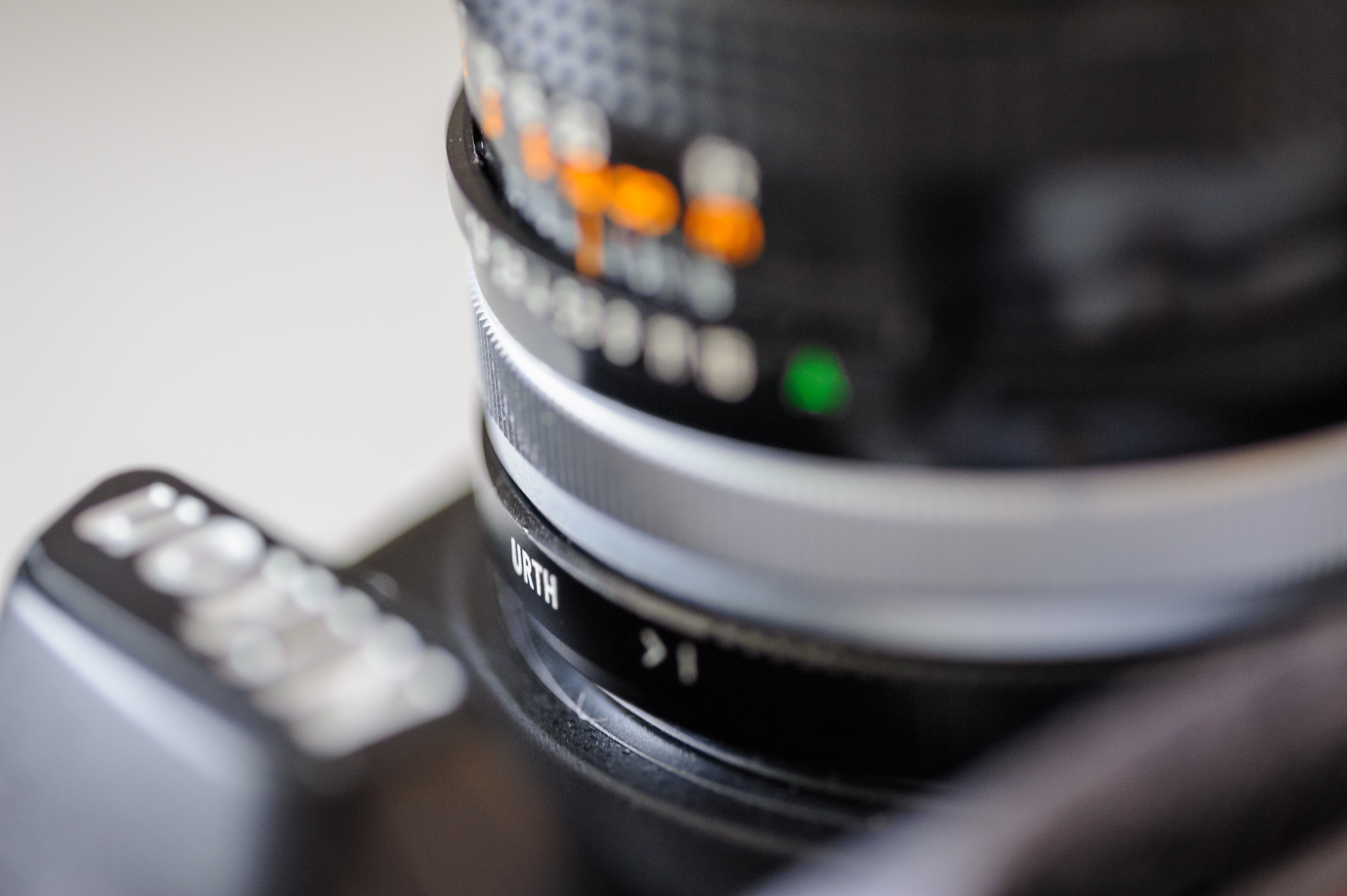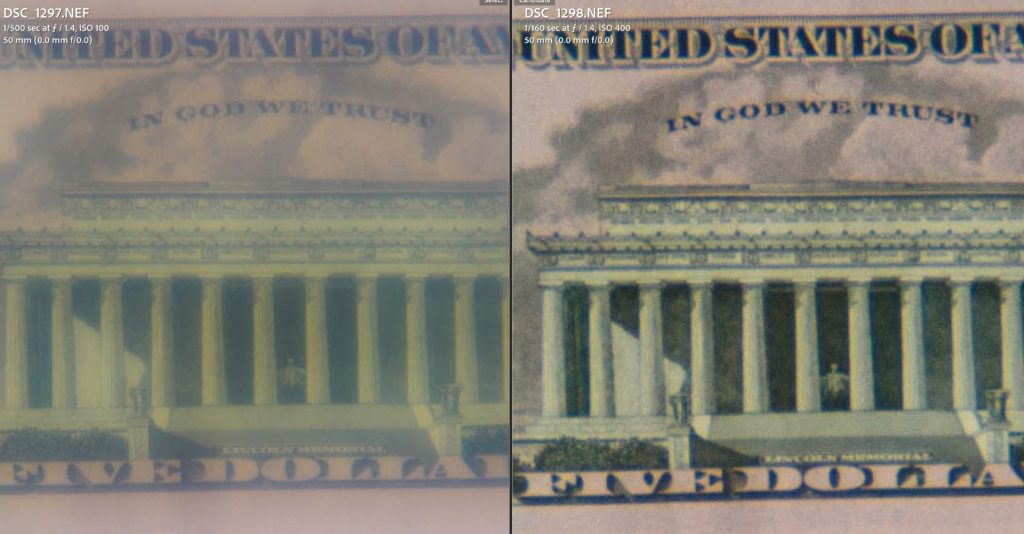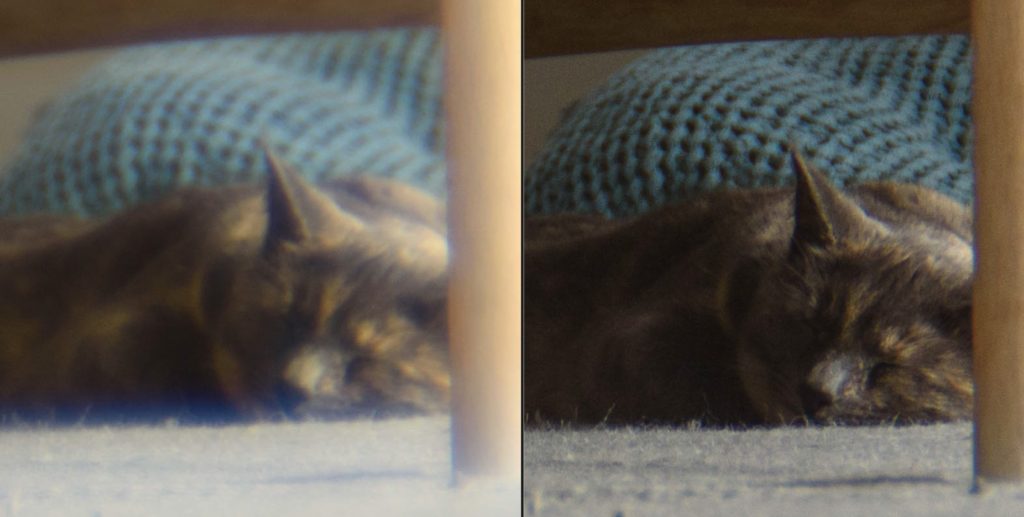I have always been a bit curios when it comes to Canon. Peter McKinnon and his delicious videos and images with a coffee color tint has always led me to believe that the Canon glass is a bit special. So, as a Nikonian, I decided to buy a classic Canon lens – the nifty-fifty FD 50mm prime – and of course a vintage one, to see how it would work out on my Nikon D750 DSLR camera body.

What I did not know at the time I ordered the Urth adapter is that adapters comes in two versions: one with glass that enables you to focus infinity, and another with no glass which unfortunately does not allow you to focus to infinity. Introducing an extra layer of glass is never good – it is one more layer the light has to travel through and the lens performance could be negatively influenced. Not so with the adapter without glass, but you may need to focus to infinity as part of your photography work, and then there is no way around the adapter with glass. I bought the one with glass more as a coincidence than an enlightened decision!

I must admit that I was quite shocked when I started to test the lens and adapter combination when I saw the results shooting wide open (f/1.8). The image was covered by a slightly white halo, almost like the lens had been covered with a thin layer of Vaseline:

Stopped down to f/5.6 the problem is completely gone and the image quality is as you would expect with a 50mm prime that has made the test of time – I think most will agree that the 50mm FD lenses from Canon offer excellent optical qualities for a fraction of the costs associated with a modern lens. But combined with the lens adapter that gives focus to infinity, the wide open shots are of unacceptable quality.
I then suspected the lens adapter from Urth, but googling a bit I could find YouTubers and other users that had tried the same type of adapter but of different brands and reached the same conclusion. So there is something about the concept or the design that does not work.

I also tried to put the lens+adapter on my Nikon Z50 – and APS-C camera – just to see if that would help, as it uses a smaller part of the glass. The answer is no – I got exactly the same result wide open on the Z50 as I did om my Nikon D750. So there is something about the adapter design that simply does not work wide open.
What to do…
My take on this is that you have these options:
- Buy the adapter with the glass that gives focus to infinity, but don’t use the lens wide open; always stop down a bit for good results
- Buy the adapter without the glass and work around the fact that it will not focus to infinity
- Buy the adapter for a Nikon mirrorless (say a Z50, Z5, Z6 or Z7). The flange distance on a mirrorless camera is different from a DSLR, and hence the adapter comes without glass and you can focus to infinity.
- Don’t try to adapt Canon glass to Nikon bodies – use Nikon with Nikon and Canon with Canon.
Which one works for you is of course a matter entirely dependent on your decision criteria and personal preferences.
Related reading
Nikon AF-S 16-35mm ED 1:4G lens review
